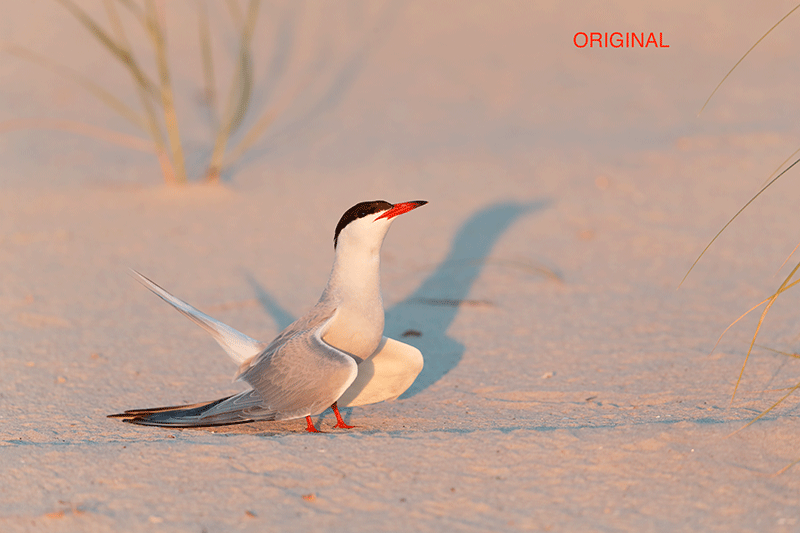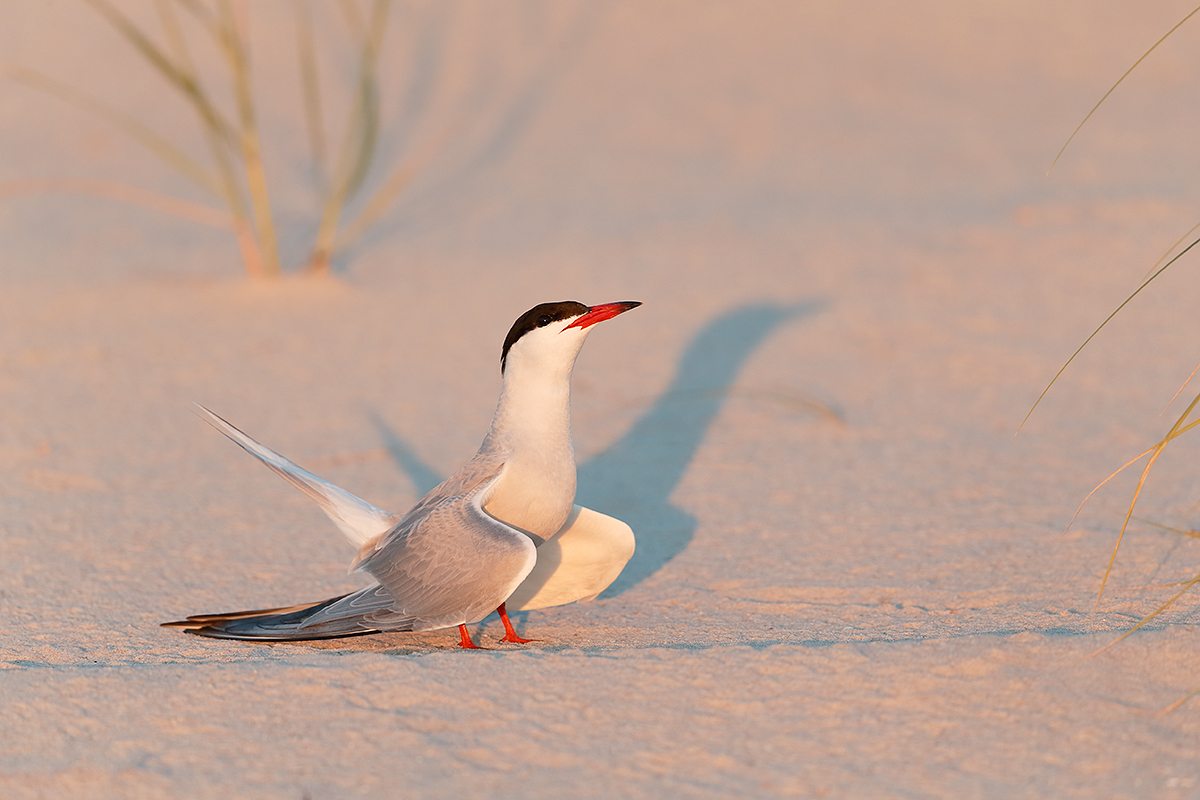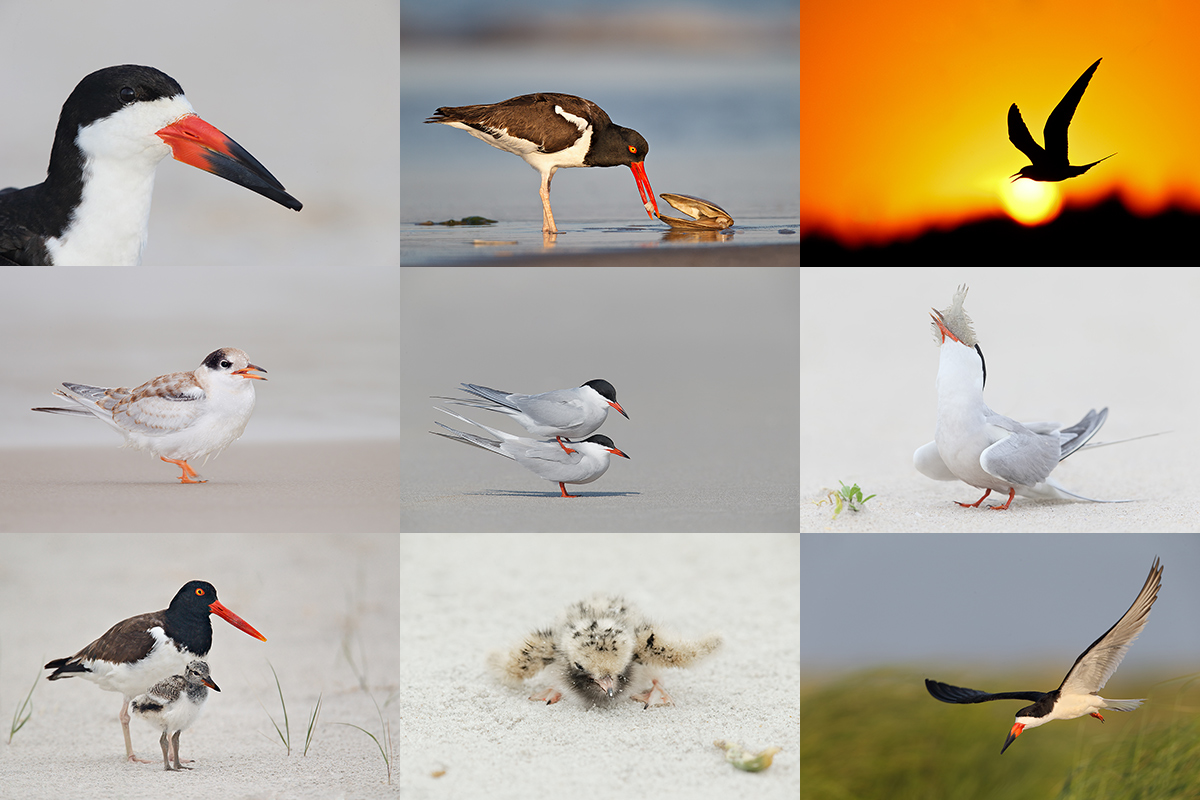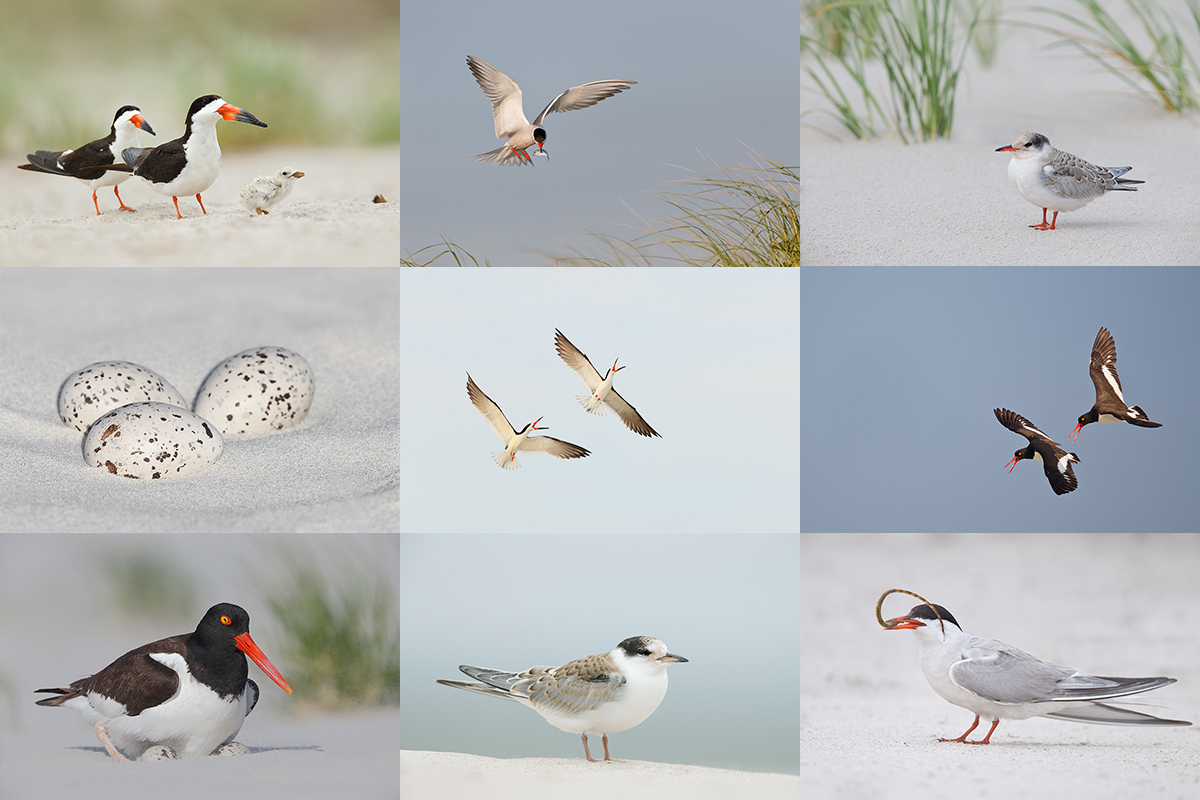What’s Up?
After some very early Thursday morning in-the-field frustration–story to follow at some point–it is a howler, I kissed the last few IPT folks goodbye and then slept and rested for a good part of the day. Gary McDavid, a kindly eager to learn gent who signed up for both IPTs, is heading north with us this afternoon to a spot that we have only visited once. Though it is thunder-storming we are leaving at three. Many of the best images are made in bad weather.
We meet the second Palouse IPT group on Thursday evening.
The Streak
Today’s blog post marks a totally ridiculous 214 days in a row with a new educational (and fun) blog post. And I still have dozens of new topics to cover; there should be no end in sight until my big South America trip next fall. As always-–and folks have been doing a really great job recently–-please remember to use our B&H links for your major gear purchases. For best results use one of our many product-specific links; after clicking on one of those you can continue shopping with all subsequent purchases invisibly tracked to BAA. Your doing so is always greatly appreciated. Please remember: web orders only. Please remember that if you are shopping for items that we carry in the BAA Online Store (as noted in red at the close of this post below) we would appreciate your business.
Selling Your Used Gear Through BIRDS AS ART
Selling your used (or like-new) photo gear through the BAA Blog or via a BAA Online Bulletin is a great idea. We charge only a 5% commission. One of the more popular used gear for sale sites charges a minimum of 20%. Plus assorted fees! Yikes. The minimum item price here is $500 (or less for a $25 fee). If you are interested please e-mail with the words Items for Sale Info Request cut and pasted into the Subject line :). Stuff that is priced fairly–I offer free pricing advice, usually sells in no time flat. In the past few months, we have sold just about everything in sight. Do know that prices on some items like the EOS-1D Mark IV, the old Canon 500mm, the EOS-7D, the original 400mm IS DO lens, and most recently, the 200-400 with Internal Extender, have been dropping steadily. You can see all current listings by clicking here or by clicking on the Used Photo Gear tab on the yellow-orange tab on the left side of the lower menu bar above.
Recent Sales
- The sale of Les Greenberg’s Canon EF 300mm f/2.8L IS II lens in mint condition for $4499 is pending.
- National Geographic photographer Tim Laman sold his Canon EOS-1DC in good-plus condition for $2100 in early June.
- Moody McCall sold his Canon 100-400L IS USA lens in excellent condition for $599 in early June and the sale of his 300mm f/2.8L IS II is pending.
New Listing
Canon EF 500mm f/4L IS USM Lens
Jim Keener is offering his Canon EF 500mm f/4L IS USM lens in very good plus condition for a BAA record low price of $3699. The sale includes a long Arca-Swiss compatible plate, the rear cap, a second-party soft front lens cover, the original leather front lens cover, the lens trunk, and insured ground shipping to US addresses only. The lens shows a bit of wear in spots but is otherwise excellent; the glass is mint and the lens functions perfectly. The lens was cleaned and checked by Canon in March 2016. Your item will not ship until your check clears unless other arrangements are made.
Please contact Jim via e-mail or by phone at 310-741-7435 (Mountain time, 9-9).
I owned and used this very sharp lens for well more than a decade before upgrading to the 500 II. I used it often with both the 1.4X and the 2X TCs. Lenses of this versatile focal length have long been the world’s most popular super-telephoto lenses for birds and for wildlife. artie
|
This image was created in mid-July at Nickerson Beach with the Induro GIT 304L/Mongoose M3.6-mounted Canon EF 600mm f/4L IS II USM lens, the Canon Extender EF 1.4X III, and the rugged Canon EOS-1D X. ISO 800. Evaluative metering +1 1/3 stops: 1/800 sec. at f/5.6 in Manual mode. AWB. Automatic selection/AI Servo/Rear Focus AF as framed was active at the moment of exposure. The AF system selected a single point at the spot where the near wing attaches to the body–right on the same plane as the bird’s face and eye. Click here to see the latest version of the Rear Focus Tutorial. Click on the image to see a larger version. Common Tern displaying in early morning light |
Lots of Lessons, Lots of Questions
Why +1 1/3 stops with the sun out?
I state here and on IPTs often: When the sun is out at full strength, the meter is pretty smart–you rarely need more than 1/3 stop of over- or under-exposure. When it is cloudy or you are working in the shade and the tonality of the image averages to a light tone, the meter is stupid; you need to add lots of light.
Question #1: Considering that the sun was shining, why was it necessary to add 1 1/3 stops of light for today’s featured image?
Why not lie on the ground for this image?
Question #2: Why would getting flat down on the ground have spoiled this image?
Lesson 1
If you wish to include the bird’s shadow as part of the image design and the bird is facing to your right, position yourself with the sun coming over your left shoulder so that the shadow is in front of the bird.

|
The Image Clean-up
After converting the image in DPP 4 I brought the image into Photoshop and did my clean-up work on a separate layer. I used the Spot Healing Brush and the Patch Tool, the former for small annoying spots and the latter for larger blemishes. I did not use the Clone Stamp Tool even once. Learn all of my clean-up techniques, the basics of Quick Masking and Layer Masking, all of my keyboard shortcuts, my complete digital workflow, and tons of other great Photoshop tips in Digital Basics.
Question #3: Would you have eliminated the blade of grass that crosses the bird’s neck in the center of the frame?
Question #4: Would you have taken the blue out of the shadow (using the techniques detailed in the blog post here)?
Question #5: What did I eliminate in the final version that is present in the optimized version? (I only noticed it when I looked closely at the the optimized version in the animated GIF.)
|
From upper left clockwise to center: Black Skimmer head portrait, American Oystercatcher dining on surf clam flesh, Common Tern at sunset, Common Tern adult swallowing flatfish, Black Skimmer in flight, newborn Common Tern chick, American Oystercatcher with chick, fresh juvenile Common Tern (with fill flash), and Common Terns copulating. |
Nickerson Beach Terns/Skimmers/Oystercatchers Instructional Photo-Tour (IPT): July 18-22, 2016. 4 1/2 DAYS: $1899. Limit 10/Openings 7.
Meet and greet at 3pm on the afternoon of Monday, July 18. Limit 10.
The primary subject species of this IPT will be the nesting Common Terns. The trip is timed so that we will get to photograph tiny chicks as well as fledglings. There will be lots of flight photography including adults flying with baitfish. Creating great images of the chicks being fed is a huge challenge. In addition to the terns we will get to photograph lots of Black Skimmers courting, setting up their nesting territories, and in flight (both singles and large pre-dawn flocks blasting off). Midair battles are guaranteed on sunny afternoons. And with luck, we might even see a few tiny chicks toward the end of the trip. We will also get to photograph the life cycle of American Oystercatcher. This will likely include nests with eggs and tiny chicks, young being fed, and possibly a few fledglings.
Nesting Piping Plover is also possibly. There will be lots of gulls to photograph; most years I am able to find a few Lesser Black-backed Gulls of varying ages in addition to the Herring, Ring-billed, and Great Black-backed Gulls. You will learn to identify and age the various gull species. There will likely be some Willets feeding along the surf and with luck we might get to photograph a handsome juvenile or two. In addition to the locally breeding shorebirds, we will likely get to see some southbound migrant arctic-and sub-arctic breeding shorebird species such as Sanderling, Semipalmated Plover, and maybe even Red Knot.
|
From upper left clockwise to center: Black Skimmers with tiny chick, Common Tern landing with baitfish for young, fledged Common Tern chick in dunes, American Oystercatchers/display flight, adult Common Tern with pipefish for chick, Common Tern fledgling in soft light, American Oystercatcher on nest with eggs, American Oystercatcher 3-egg clutch, battling Black Skimmers. |
The IPT Logistics
The tour will begin with a meet and greet on the afternoon of Monday, July 18, 2016. That will be followed by our first shooting session at the beach. From Tuesday through and including all of Friday we will have two photography sessions daily. Our morning sessions will start very early so that we are on the beach well before sunrise. We usually photograph for about four hours. Then we will enjoy a group brunch. We will always have a midday break that will include a nap for me. That followed by our daily afternoon classroom sessions that will include image review, workflow and Photoshop, and a review/critique of five of your trip images. Folks are always invited to bring their laptops to brunch for image sharing. I always have mine with me but heck, I am a big show-off. Afternoon in-the-field sessions generally run from 5pm through sunset.
Breakfasts are grab what you can. Four brunches are included. Dinners (if at all) will be on your own as we will often get back to the hotel at about 9pm. There is a fridge in every room and a supermarket within walking distance of the hotel so nobody should starve. You will learn a ton during the nine shooting sessions, the four in-classroom sessions, and even at lunch. Early morning and late afternoon parking is free. If we want to head back to the beach early we will need to arrange tight carpools and share the $30/vehicle parking fee. Non-photographer spouses, friends, or companions are welcome for $100/day, $450 for the whole IPT.
Save a space by calling Jim or Jen at the office at 863-692-0906 and arranging to leave your deposit of $599–credit cards are accepted for deposits only. Your balance will be due on April 18, 2016. I hope that you can join me for what will be an exciting and educational IPT.
Please Remember to use our Affiliate Links and to Visit the New BAA Online Store 🙂
To show your appreciation for my continuing efforts here, we ask, as always, that you get in the habit of using my B&H affiliate links on the right side of the blog for all of your photo and electronics purchases. Please check the availability of all photographic accessories in the New BIRDS AS ART Online Store, especially the Mongoose M3.6 tripod head, Wimberley lens plates, Delkin flash cards and accessories, and LensCoat stuff.
As always, we sell only what I have used, have tested, and can depend on. We will not sell you junk. We know what you need to make creating great images easy and fun. And we are always glad to answer your gear questions via e-mail.
I would of course appreciate your using our B&H affiliate links for all of your major gear, video, and electronic purchases. For the photographic stuff mentioned in the paragraph above we, and for everything else in the new store, we, meaning BAA, would of course greatly appreciate your business. Here is a huge thank you to the many who have been using our links on a regular basis and those who will be visiting the New BIRDS AS ART Online Store as well.
Be sure to like and follow BAA on Facebook by clicking on the logo link upper right. Tanks a stack!
Typos
In all blog posts and Bulletins, feel free to e-mail or to leave a comment regarding any typos or errors. Just be right 🙂

















Hi, Artie. Lovely image, nice memories of a terrific trip with you there, for which thanks again. Everyone should go on that IPT.
1. You can see the eye on your image. I find breeding-plumage terns challenging that way–it’s often hard to see the dark eye in the dark head. Without +1 1/3 EV, the eye would have disappeared.
2. The main problem is the foreground ridge, which would have blocked the tern’s feet if you’d been on the ground. Also, I suspect the background would have become cluttered with out-of-focus vegetation and other birds.
3. I would not have removed the blade of grass.
4. I love the shadow as it is.
5. There are two patches of dark material behind and to the right of the bird’s neck thatwere removed.
#1 ahh but the sun was not as bright as it seems thus the increase in exposure.
Hi Artie,
#2: I would think getting closer to the ground would shorten your view of the shadow, not make it longer (it would appear longer if you stood higher). I like the fact that the ‘virtual height’ of the shadow is about the same height as the tern, and i suspect you chose your view angle for reasons of composition.
Question #1: Soft early morning light needs more light than full sun. Meter is smart only in full sun.
Question #2: Why would getting flat down on the ground have spoiled this image? Looks as if there is a bit of rise in the sand in front of the bird, so from a lower angle the bird’s feet and wing would be clipped off. There may have been clutter in the background that would not have added to the image. And someone else pointed out the shadow would not have turned out so well. I’m thinking the shadow and the bird’s head/bill would have intersected.
Question #3: Would you have eliminated the blade of grass that crosses the bird’s neck in the center of the frame? Yes, and tried to take even more of it off.
Question #4: Would you have taken the blue out of the shadow ? No, I like the blue along with the pink light.
Another lovely soft light image and I like the shadow a lot too.
#1: withholding judgement on that one…
#2:What clutter?
#3: What do you mean by “and tried to take even more of it off”?
#4: Good.
a
1. The overall background is a little light and the bird has a lot of white so there is a risk of underexposure.
+1.5 EV takes care of that.
2. Getting flat on the ground might allow the little foreground ‘ridge’ clip the feet and lower wing, the bird’s shadow would grow longer, more distorted and more distracting – as would the background grass.
3. Yes. It’s a needless blemish on a fine image.
4. No. Shadows are blue(ish) – it’s not a problem.
5. You removed the dark ‘blob’ in the clump of background grass.
#1:nope.
#2:good stuff.
#3: could be 🙂
#4: agree, but many like their shadows gray.
#5: excellente.
a
Good morning Artie,
I agree with the comments regarding losing legs and shadow by going lower and the fact that the sun may not have been a fun strength yet and the white breast would have gone 18% grey. I would have preferred to have the grass removed. I don’t think it adds to the image. If it doesn’t add to the image, it detracts from it IMHO. Another option might have been to move much farther to the right…nearly head-on to the tern….and had more of an extended shadow to the right. Not knowing what the background might have been if you’d done that makes it impossible to call.
Hi Artie,
Glad to see your back on the birds!
Answers to questions.
#1 – To prevent under exposure because of light on light
#2 – Flat on the ground would have cut off the feet of the Tern,a small ridge is in front of the bird, you can see the shadow of the ridge cutting across the lower third of the image at the Tern’s feet.
#3 – Yes. It adds nothing to the image.
#4 – No. the blue isn’t distracting plus it gives a slight cooling effect with the warm morning sun kissing his breast.
#5 – You removed the spots(noise?) on the beak and upper leg.
Fingers crossed that I nailed something 🙂
Jackie
please excuse the “your”!! 🙂
#1: yes, but does not really answer the question…
#2: yes and more…
#3: me thinks that I agree…
#4: could be.
#5:nope.
a
Hi Art
Greetings.
Thanks for today’s lesson.This is a very nice picture of the tern. The light and the details are amazing. The shadow adds to the shot.
Possible Answers
1. From the EXIF of the image i see think that the Sun is out but not in its in full strength to make the meter work smartly.
2. I think there is a ridge which may ruin the terns leg if you go flat. I would also miss the shadow if it was shot at ground level.
3. I would not remove the blade of grass. It is not very distracting and looks natural
4. I do not see any blue on my laptop
5. I guess the color of the beak is bright in optimised but reduced in final.
YAW Nikhil,
#1: withholding judgement on that…
#2: that and more…
#3: personal choice…
#4: the shadow does have lots of blue in it…
#5: no, that should be the same in the original post and the optimized one in the animated GIF…
a